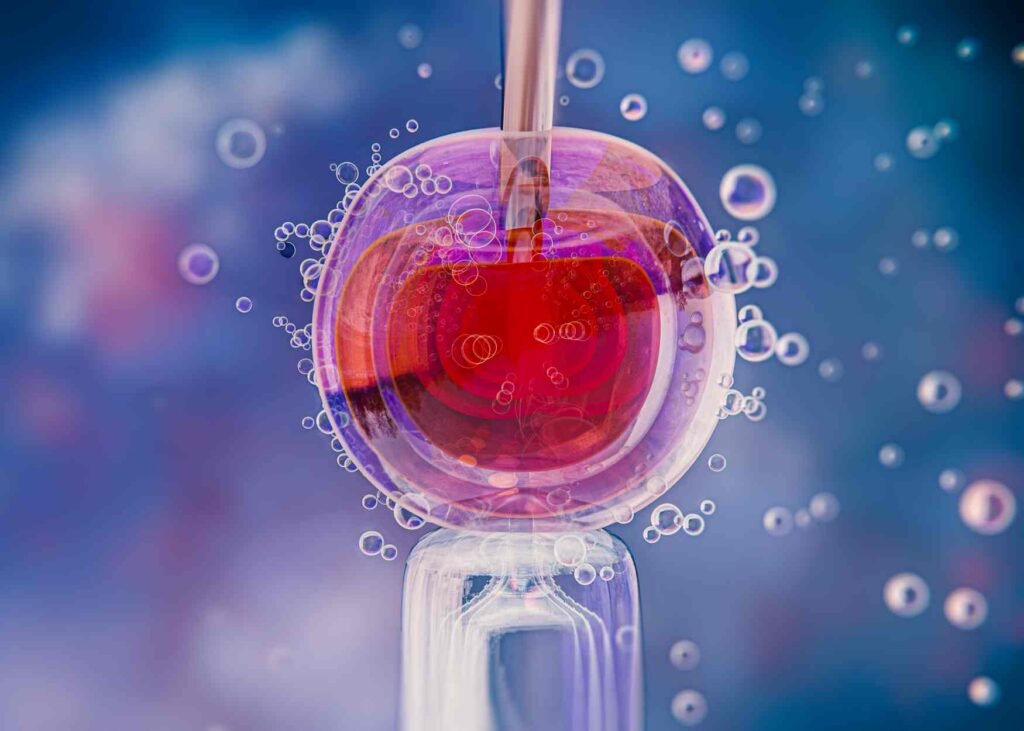Artificial Insemination: Process, Success Rate and Benefits
When couples or individuals face fertility challenges, it can be emotionally taxing and overwhelming. The dream of starting a family or expanding an existing one may seem elusive, but fortunately, modern science offers various solutions to assist in the journey. One such solution that has gained popularity over the years is artificial insemination. This method, though not new, has evolved significantly, providing hope to millions of families worldwide. Whether you’re just beginning your research or looking for detailed information, this blog aims to break down the process, success rate, and benefits of artificial insemination in an approachable, easy-to-understand way.
What is Artificial Insemination?
Artificial insemination (AI) is a fertility treatment that involves directly placing sperm into a woman’s reproductive tract to facilitate fertilization. Unlike natural conception, where sperm must travel through the cervix, AI bypasses certain barriers to improve the chances of the sperm reaching the egg. In many cases, this method can help individuals or couples overcome various fertility issues, giving them a higher probability of conceiving than they might otherwise have through traditional methods.
While AI is primarily known for helping with human fertility, it’s also used in the animal breeding industry. However, in this blog, we will focus on its application in human fertility treatments.

The Process of Artificial Insemination
Understanding the process of artificial insemination helps demystify it. Though the name might sound a bit scientific, the steps involved are fairly straightforward. Here’s what the process typically looks like:
1. Initial Consultation and Testing
Before starting artificial insemination, it’s essential to have a thorough consultation with a fertility specialist. This consultation will typically involve a detailed medical history, physical exams, and sometimes blood tests to evaluate hormone levels. Both partners, if applicable, might undergo tests. The sperm will be evaluated for motility and count, and in cases where donor sperm is used, the sperm will already be screened and prepared.
2. Ovulation Monitoring
For AI to be successful, timing is everything. A key part of the process involves tracking ovulation. This can be done using ovulation predictor kits, blood tests to check hormone levels, or ultrasound scans. The goal is to time the insemination to occur during a woman’s most fertile window, typically within 24 hours of ovulation.
3. Sperm Collection and Preparation
The next step involves collecting the sperm sample, which can come from either the male partner or a donor. The sperm is then “washed” in a laboratory. This washing process separates the most active, motile sperm from seminal fluid, dead or low-quality sperm, and any other debris. The result is a concentrated sperm sample that has the best chance of successfully fertilizing an egg.
4. Insemination
The prepared sperm sample is then placed directly into the woman’s reproductive tract, which can be done in one of two ways:
– Intracervical Insemination (ICI):
In this method, the sperm is injected near the cervix. It’s less invasive and typically performed at a fertility clinic.
– Intrauterine Insemination (IUI):
In IUI, the sperm is inserted directly into the uterus using a thin catheter. This method bypasses the cervix and deposits the sperm closer to the fallopian tubes, increasing the chances of the sperm meeting the egg. IUI is more commonly used and is the preferred method in most cases of artificial insemination.
The actual procedure is painless or only mildly uncomfortable and takes only a few minutes. After insemination, the patient is typically asked to rest for a short period before resuming normal activities.
5. Waiting Period
Following insemination, the next two weeks may feel like a roller coaster of emotions. This waiting period is the time when fertilization and implantation may occur. After about two weeks, a pregnancy test is done to determine if the procedure was successful.
Success Rate of Artificial Insemination
The success of artificial insemination largely depends on several factors, including age, underlying fertility issues, and the quality of sperm and eggs. For couples using IUI, the average success rate is between 10% and 20% per cycle, with some factors influencing whether the outcome will lean toward the higher or lower end of that range.
Factors That Influence Success
1. Age of the Woman:
Success rates are generally higher for younger women. Women under the age of 35 typically have a better chance of success, with rates declining as they age, particularly after 40.
2. Cause of Infertility:
The cause of infertility plays a significant role in determining the success of artificial insemination. Couples with unexplained infertility or mild male infertility tend to have better outcomes than those with more severe issues such as poor ovarian reserve or very low sperm counts.
3. Use of Fertility Medications:
Sometimes, doctors may recommend using fertility medications like Clomid or gonadotropins to stimulate ovulation before artificial insemination. This can increase the chances of multiple eggs being released, boosting the odds of success.

4. Sperm Quality:
The quality and motility of the sperm used are critical. If donor sperm is used, it often has higher motility and success rates because it is pre-screened.
5. Number of Cycles:
Repeating the procedure across several cycles can also improve chances. Some studies show that doing three to six cycles of artificial insemination increases the cumulative chances of pregnancy.
Cumulative Success Rates
While the success rate per cycle might seem modest, the cumulative success rate over multiple cycles can be promising. For example, if a couple does four cycles of artificial insemination, their overall chances of success could increase significantly. Fertility experts often recommend a minimum of three cycles before considering other options, like in vitro fertilization (IVF), if artificial insemination isn’t successful.
The Benefits of Artificial Insemination
Now that we’ve covered the process and success rates, let’s talk about why someone might choose artificial insemination. While it’s not the right option for everyone, AI has several advantages, making it an attractive choice for many individuals and couples.
1. Less Invasive Than IVF
Artificial insemination is much less invasive than other fertility treatments like IVF. The procedure itself is relatively simple, often painless, and doesn’t involve the extensive hormonal stimulation and egg retrieval process that IVF requires. This makes it a more appealing first option for people looking to avoid the physical and emotional toll of more invasive treatments.
2. Assists with Unexplained Infertility
For couples who have been trying to conceive without success but with no clear diagnosis of infertility, AI can be an effective solution. Sometimes, the sperm just needs a bit of help reaching the egg, and bypassing the cervix through IUI can significantly improve the chances of conception.
3. Options for Same-Sex Couples and Single Parents
Artificial insemination provides an invaluable option for same-sex female couples and single women who want to become parents. By using donor sperm, they can conceive and carry a child without requiring a male partner. AI empowers individuals to take control of their reproductive choices and expand their families in a way that aligns with their desires.
4. Helps Overcome Male Fertility Issues
In cases where male infertility is a concern—such as low sperm motility or count—artificial insemination, particularly IUI, can still provide a chance for conception. By concentrating and placing the healthiest sperm directly into the uterus, AI can help overcome some of the barriers associated with male fertility challenges.
5. A Controlled, Low-Risk Procedure
Artificial insemination is a safe and low-risk procedure. There are minimal side effects associated with it, and complications are rare. The process is carefully monitored by medical professionals, and if fertility medications are used, dosages are adjusted to minimize the risk of complications such as ovarian hyperstimulation syndrome (OHSS).
6. Increased Probability of Twins or Multiples
For those open to the idea of having multiples, AI combined with fertility medications increases the likelihood of twins or even triplets. While this might not be a benefit for everyone, some individuals or couples see this as a positive outcome since they may want more than one child and appreciate the idea of growing their family at once.

Conclusion
Artificial insemination offers hope and a realistic path to parenthood for a wide range of people. Whether it’s used to overcome infertility, assist same-sex couples, or help individuals become parents, AI is a versatile and effective tool in the world of reproductive medicine. By understanding the process, success rates, and benefits, you can make an informed decision that’s right for you.


